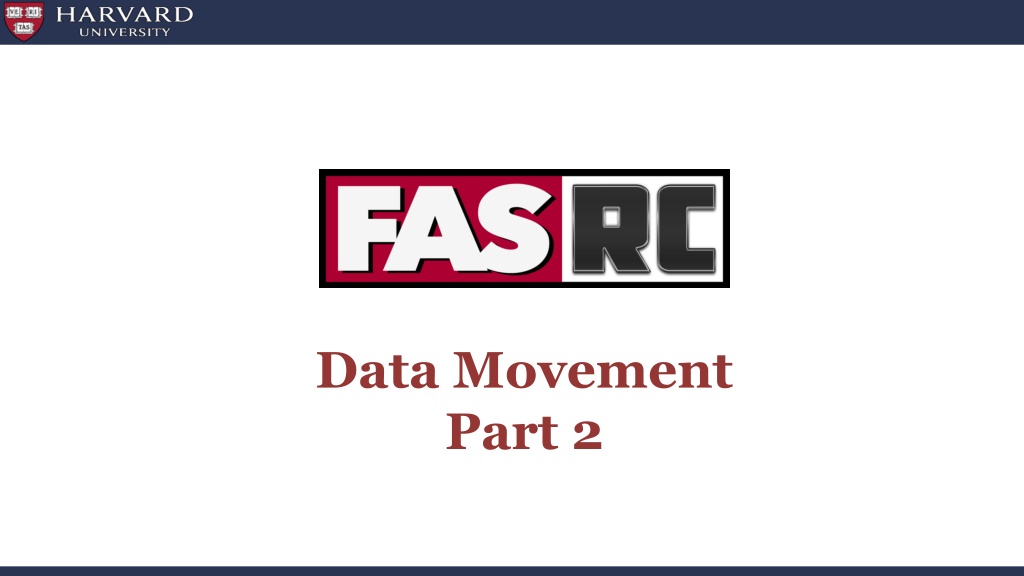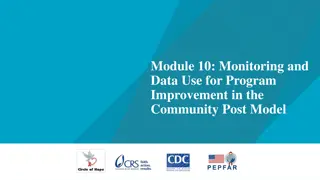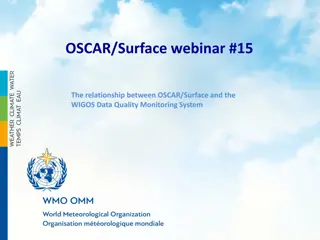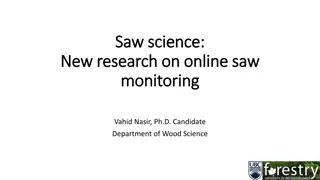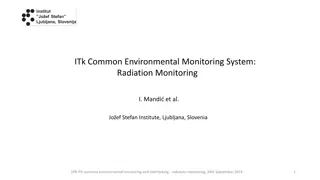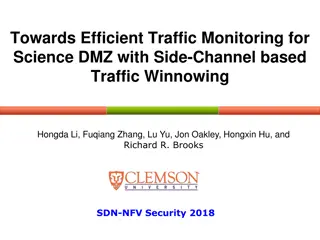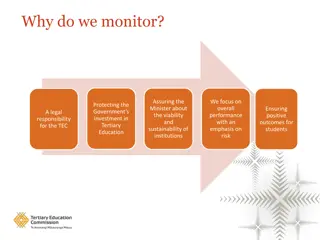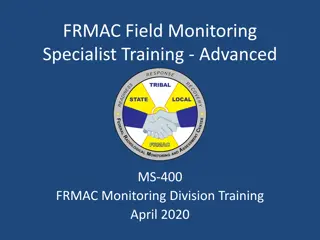Tips for Efficient Data Movement and System Monitoring
Explore key considerations for data movement, filesystem management, and monitoring in research computing environments. Learn about verifying available space, compression techniques, striping large files, and utilizing progress monitoring tools. Discover demo scenarios for transferring data and find resources for support and training. Acknowledge the support provided by RC staff for using Cannon resources effectively.
Download Presentation

Please find below an Image/Link to download the presentation.
The content on the website is provided AS IS for your information and personal use only. It may not be sold, licensed, or shared on other websites without obtaining consent from the author. Download presentation by click this link. If you encounter any issues during the download, it is possible that the publisher has removed the file from their server.
E N D
Presentation Transcript
Data Movement Part 2
Data Movement, Additional Considerations Filesystem Considerations Monitoring 2
Filesystem Considerations Verify available space and inodes at destination available space: df -h /path/to/destination available inodes: df -hi /path/to/destination both on lustre: lfs quota -hg your_lab /path/to/lustre/filesystem Number of files per directory generally no more than 10,000 Compression tar (different compression options: -z = gzip, -j = bzip2, -J = xz) test before you compress; different data compresses differently keep archive metadata: file names, sizes, etc Striping large files on lustre systems benefit from striping across many OSTs https://www.nics.tennessee.edu/computing-resources/file-systems/lustre-striping-guide 3
Monitoring Many tools have built-in progress monitoring globus graphical user interface rsync --info=progress2 fpsync (^T) Be aware that progress options can degrade performance Use df or lfs df before and during to monitor data transferred so far screenshots 4
Demo Scenario 1: transfer data from laptop to jharvard_lab share Scenario 2: transfer data from jharvard_lab to holyscratch01 5
Request Help - Resources https://rc.fas.harvard.edu/resources/support/ Documentation https://docs.rc.fas.harvard.edu/ Portal http://portal.rc.fas.harvard.edu/rcrt/submit_ticket Email rchelp@rc.fas.harvard.edu Office Hours Wednesday noon-3pm 38 Oxford - Room100 Consulting Calendar https://www.rc.fas.harvard.edu/consulting-calendar/ Training https://www.rc.fas.harvard.edu/upcoming-training/ Slide 6
RC Staff are here to help you and your colleagues effectively and efficiently use Cannon resources to expedite your research endeavors. Please acknowledge our efforts: "The computations in this paper were run on the Cannon cluster supported by the FAS Division of Science, Research Computing Group at Harvard University. https://www.rc.fas.harvard.edu/about/attribution/ 7
Documentation: www.rc.fas.harvard.edu Here you will find all our user documentation. Of particular interest: Access and Login : https://www.rc.fas.harvard.edu/resources/access-and-login/ Running Jobs : https://www.rc.fas.harvard.edu/resources/running-jobs/ Software modules available : https://portal.rc.fas.harvard.edu/apps/modules Cannon Storage: https://www.rc.fas.harvard.edu/resources/cluster-storage/ Interactive Computing Portal https://www.rc.fas.harvard.edu/resources/documentation/virtual-desktop/ Singularity Containers: https://www.rc.fas.harvard.edu/resources/documentation/software/singularity-on-the-cluster/ gpu computing https://www.rc.fas.harvard.edu/resources/documentation/gpgpu-computing-on-the-cluster/ How to get help : https://www.rc.fas.harvard.edu/resources/support/ 8
